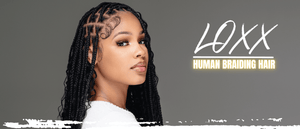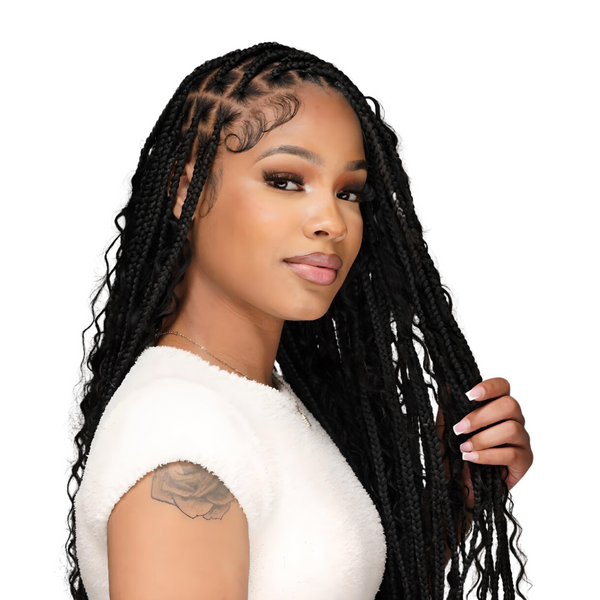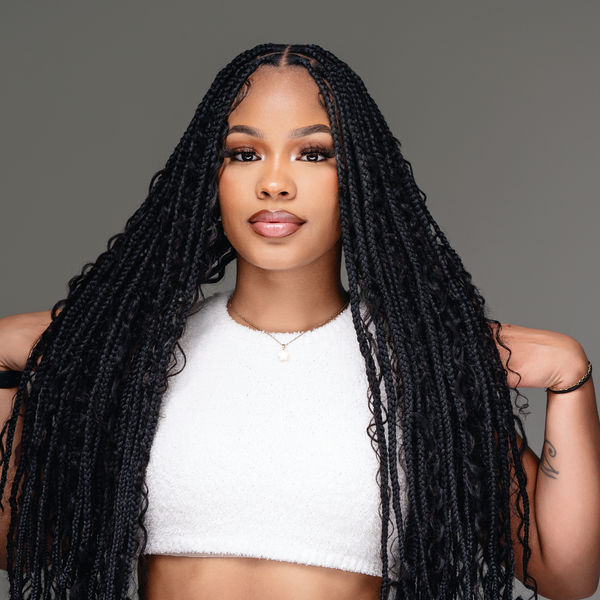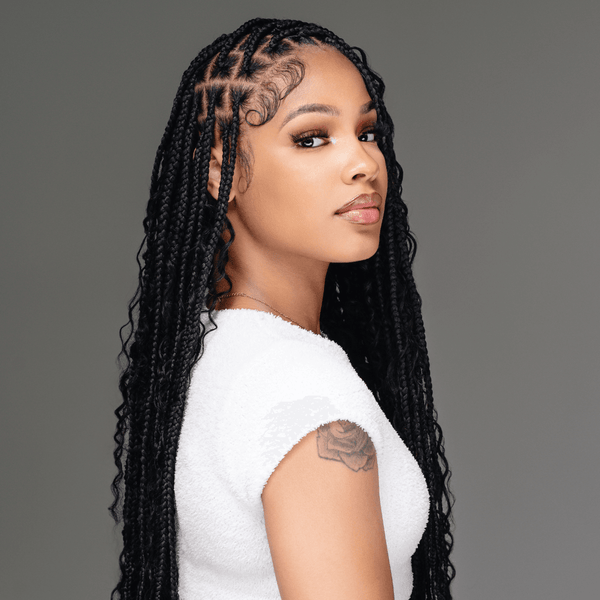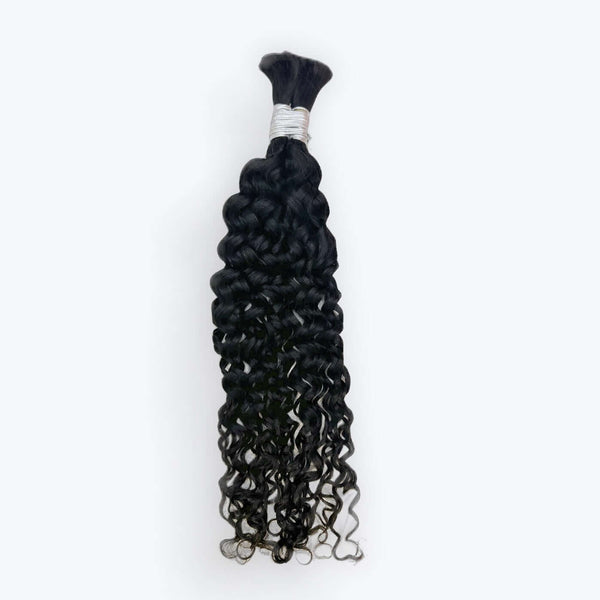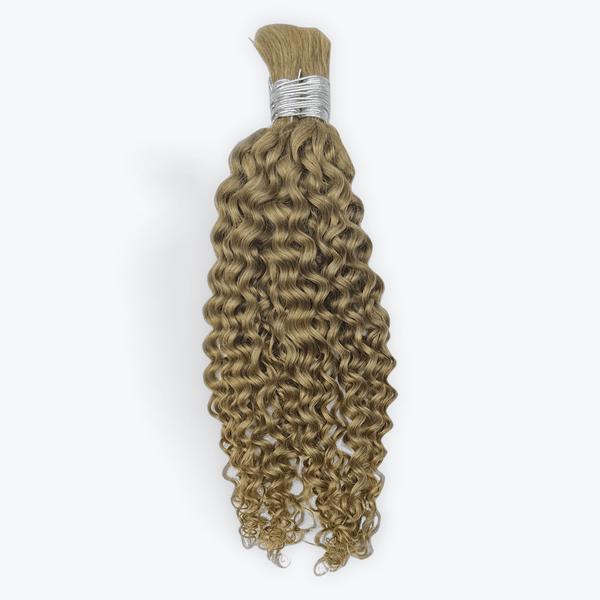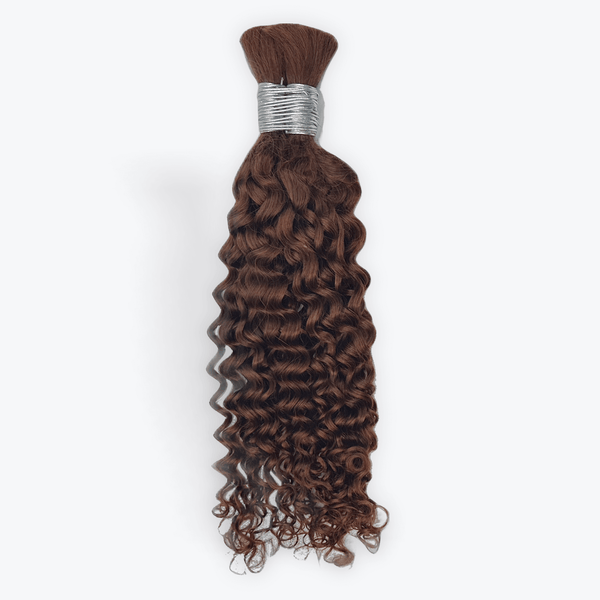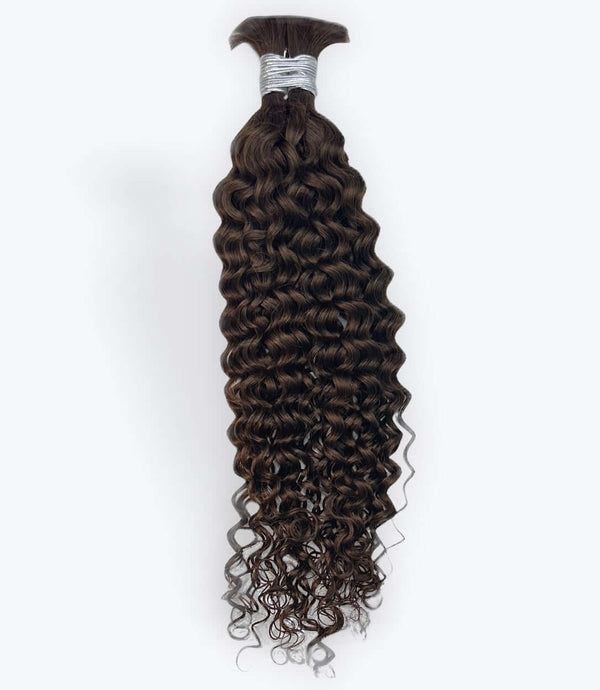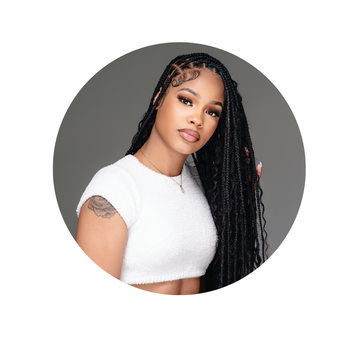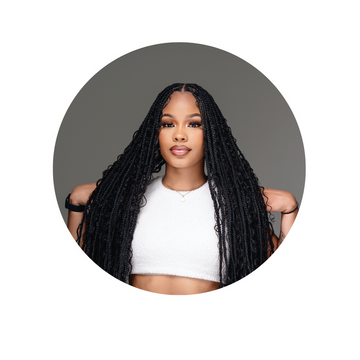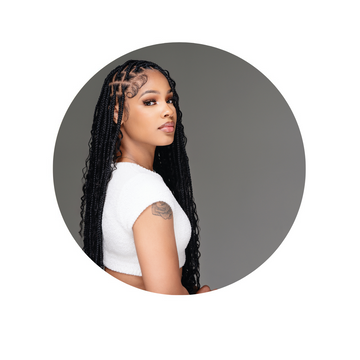How to Tone Human Hair for Braiding: A Safe Approach
Toning human hair for braiding is a popular technique to achieve desired shades, especially for cool tones or more customized colors. However, toning can be tricky and, if done incorrectly, can damage the hair. Here’s a detailed guide on how to tone human hair for braiding, why it’s essential to work with a professional, and why strand testing is key to maintaining color without compromising hair quality.
1. Understanding Toning for Human Hair Braiding
Toning is a process that helps adjust the hair color by neutralizing unwanted brassy or warm tones. Unlike synthetic hair, human hair can be more adaptable to toning, allowing for natural-looking, cool-toned shades or more customized hues.
- Why Toners Are Beneficial: Toners help balance color and enhance highlights, creating a more vibrant, polished finish. They’re particularly useful for those seeking a more natural blonde, ash brown, or platinum look for their braids.
Loxx Hair Insight: Human hair used for braiding is highly versatile but can be vulnerable to damage from toners that are too strong. Always approach toning carefully to preserve the quality of the hair.
2. Why Professional Toning is Essential
While it may be tempting to tone hair at home, working with a certified professional is recommended for the best results. Here’s why:
-
Expertise in Color Matching: Certified colorists understand undertones, hair types, and how toners interact with different shades. They have the training to adjust toner formulas based on your unique needs, minimizing the risk of unwanted shades.
-
Access to Professional-Grade Products: Professionals have access to high-quality toners that are often less damaging than over-the-counter options, designed specifically for the nuances of human hair extensions and braiding hair.
Loxx Hair Tip: By choosing professional guidance, you reduce the risk of uneven color and over-processing, especially important with human hair braiding extensions that don’t have the natural oils of scalp-attached hair.
3. Importance of Strand Testing
Strand testing is a must before toning any human hair, as it allows you to see how the toner will react with the hair without risking the entire bundle.
-
How to Conduct a Strand Test: Select a small, inconspicuous section of the braiding hair and apply the toner. Follow the instructions, checking the results before proceeding with the rest of the hair.
-
Why Strand Testing Matters: Hair can react differently based on previous treatments, type, and even environmental exposure. A strand test helps ensure the color meets your expectations and allows adjustments if needed.
Stylist Insight: Strand testing also lets you check for any adverse effects, such as drying or brittleness, which could indicate that the toner is too strong.
4. Gentle Toning Techniques for Long-Lasting Color
Once the ideal toner and formula are determined, there are some best practices for applying toner to human hair for braiding without compromising its quality.
- Use Low-Volume Developer: A low-volume developer (10 volume or less) can help minimize damage by reducing the processing time and harshness.
- Rinse Thoroughly and Condition: After toning, rinse the hair thoroughly with cool water to remove any residual toner. Follow up with a deep conditioning treatment to restore moisture and lock in the color.
Loxx Hair Tip: Regularly conditioning the hair after toning can help maintain the desired tone and keep the hair looking healthy and vibrant.
Final Thoughts
Toning human hair for braiding is an effective way to achieve a customized color, but it’s a delicate process best handled by professionals. By prioritizing strand testing and professional guidance, you can achieve a stunning color while protecting the integrity of your hair extensions.

